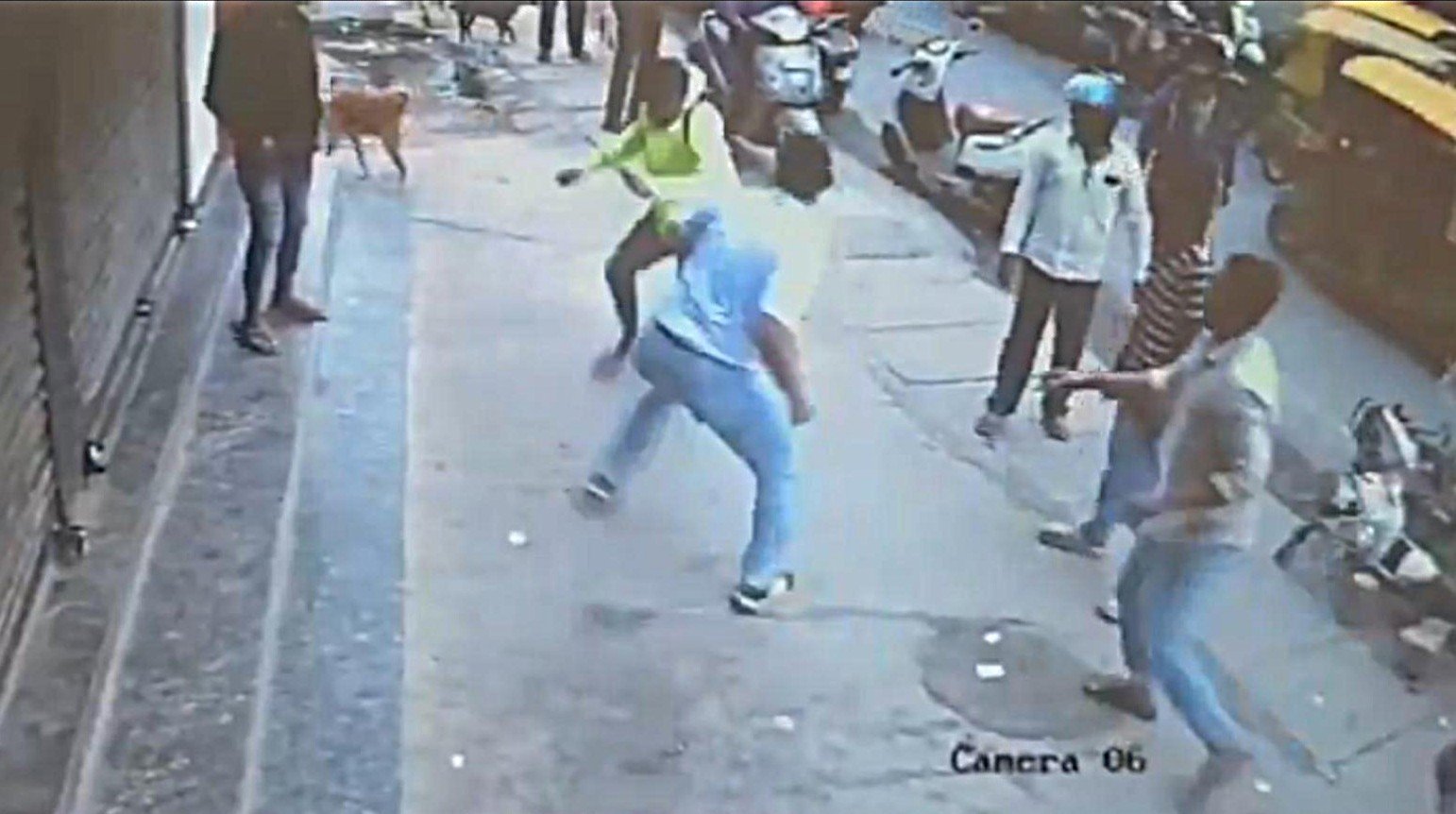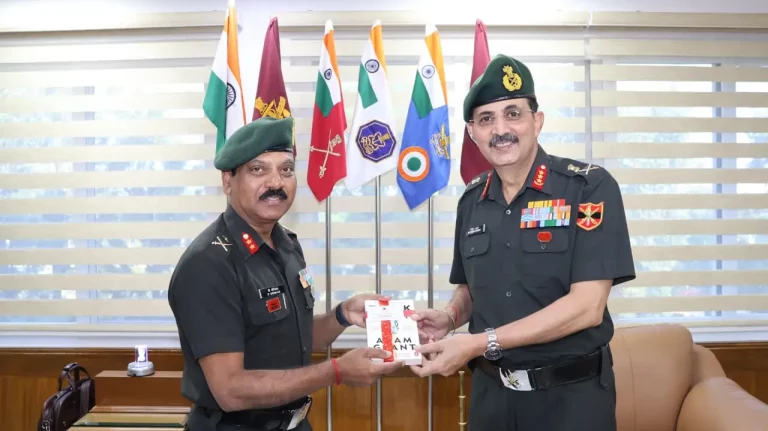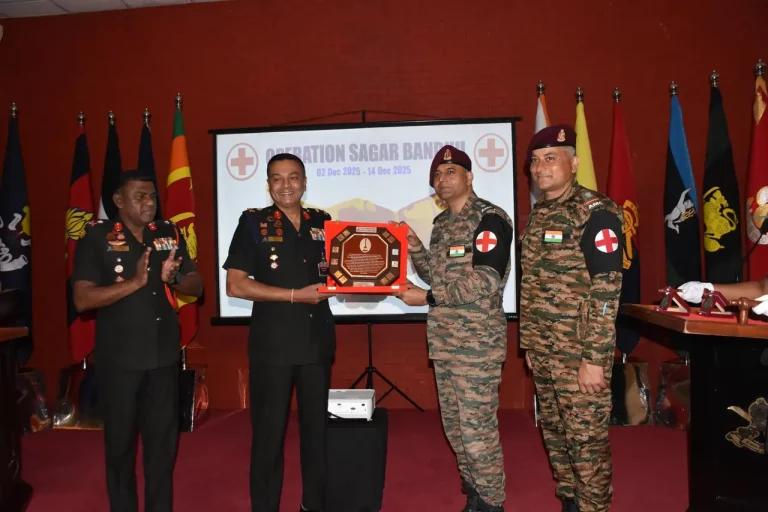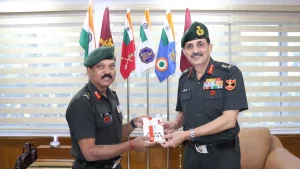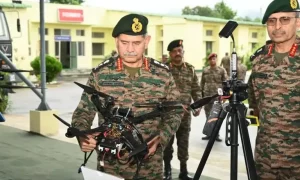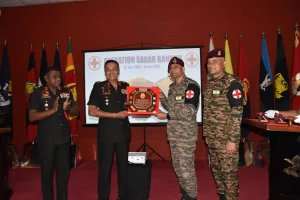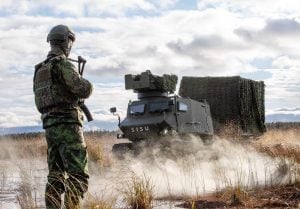A road rage incident involving Indian Air Force (IAF) officer Wing Commander Shiladitya Bose has ignited a nationwide dialogue, particularly spurred by the release of CCTV footage that has reshaped public interpretations of the event. While discussions unfold, it is essential to take a step back and examine the complex circumstances surrounding this case before forming judgments against a military officer with commendable service history.
The altercation took place near the DRDO colony in CV Raman Nagar, Bengaluru, as Wing Commander Bose and his wife, Squadron Leader Madhumita Das, were heading to the airport. Bose, in a video response shortly after the incident, recounted his grave experience—his face visibly marked by injuries—claiming he was subjected to verbal abuse in Kannada. He asserted that a confrontation with a biker escalated into violence when he stepped out of his vehicle to address the situation and faced an assault involving a key, which resulted in significant injuries to his face and neck.
Following Bose’s account, an FIR was lodged, leading to the biker’s arrest based on Squadron Leader Das’s complaint. Early reports from major news outlets suggested that the conflict may have been fueled by the DRDO sticker on the couple’s vehicle, hinting at possible language-based animosity.
However, the narrative took a dramatic turn upon the emergence of CCTV footage. This footage, which has since circulated widely on social media, depicts Wing Commander Bose engaged in a physical scuffle with the biker, who has been identified as a delivery worker. The video captures Bose pushing, kicking, and attempting to restrain the individual, raising questions about his conduct during the incident.
Context is crucial in understanding the incident fully. The footage fails to show the events leading up to the altercation, including any initial provocations or alleged abusive language directed toward Bose. This absence of context is significant, as it leaves out critical elements that could clarify why a trained military officer might believe he and his wife were in immediate danger.
Bose, who has an esteemed record of service in the IAF, may have been reacting instinctively to what he perceived as a threat to himself or his wife. In high-pressure scenarios, military training often emphasizes the necessity of neutralizing perceived threats quickly and decisively. While some critics have claimed excessive force, supporters argue that without audio or complete visuals, the full spectrum of interactions before the physical fight remains unknown. Premature assumptions regarding intent or the appropriateness of response could be misguided without comprehensive evidence.
The swift backlash against the officer on social media and some media platforms raises concerns about the dangers of trial by public opinion. The imperative for transparency and accountability is crucial, yet it is equally vital to uphold the rule of law and conduct a thorough investigation before passing judgment.
It is important to note that the FIR was filed immediately after the altercation, substantiating claims of a genuine physical confrontation rather than unfounded accusations. Assertions that Wing Commander Bose acted provocatively are speculative at this juncture and should be approached with caution until thoroughly validated through the legal process.
Deputy Commissioner of Police D. Devaraj has addressed the issue, suggesting that the incident is primarily a case of road rage and dismissing any implications of language-related animosity. This perspective refocuses the discussion on the immediate conflict, away from broader social narratives.
As sentiments run high, a measured and objective analysis of the situation is crucial. Both the IAF and law enforcement must be permitted to carry out their inquiries, ensuring justice is served while preserving the dignity of all parties involved.
While accountability under the law applies to every individual, including those in uniform, it is equally important that due process is respected. Oversimplifying this complex issue into clear-cut categories of right and wrong overlooks the nuanced realities that often characterize human interactions.
The commendable years of service by Wing Commander Bose and the legitimacy of his initial claims should not be disregarded based solely on incomplete visual evidence. Before conclusions are drawn, it remains essential that his perspective receives the same level of consideration and seriousness afforded to any civilian.
Ultimately, justice must be rooted in factual evidence rather than emotional responses, and accountability should not be applied unevenly, ensuring fairness prevails in this unfolding narrative.
